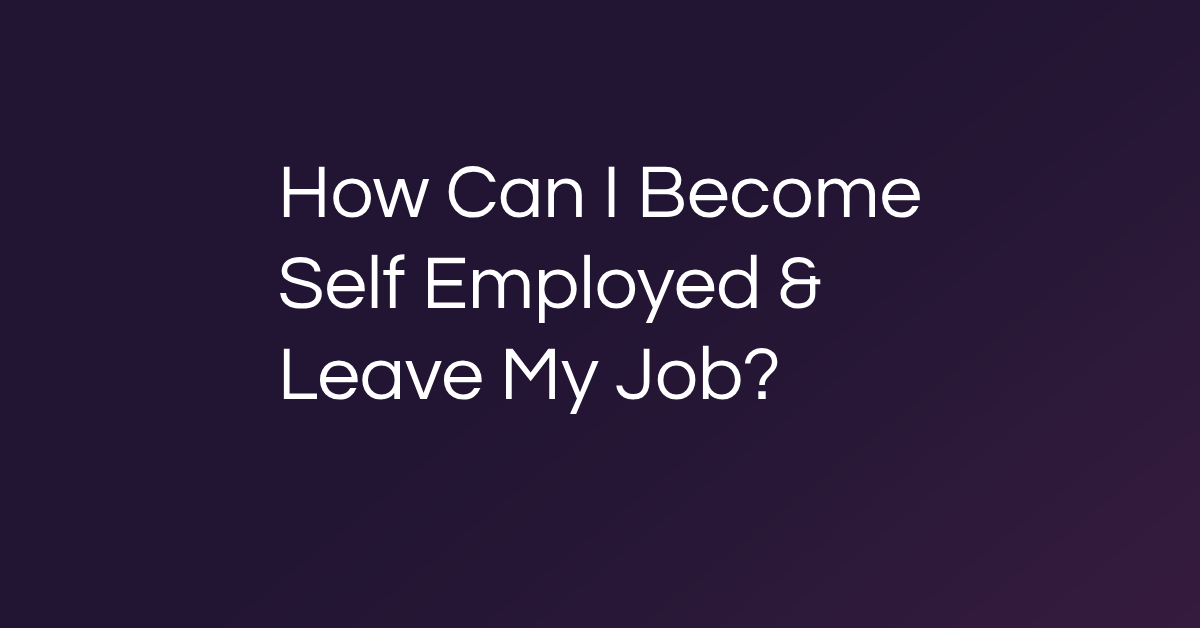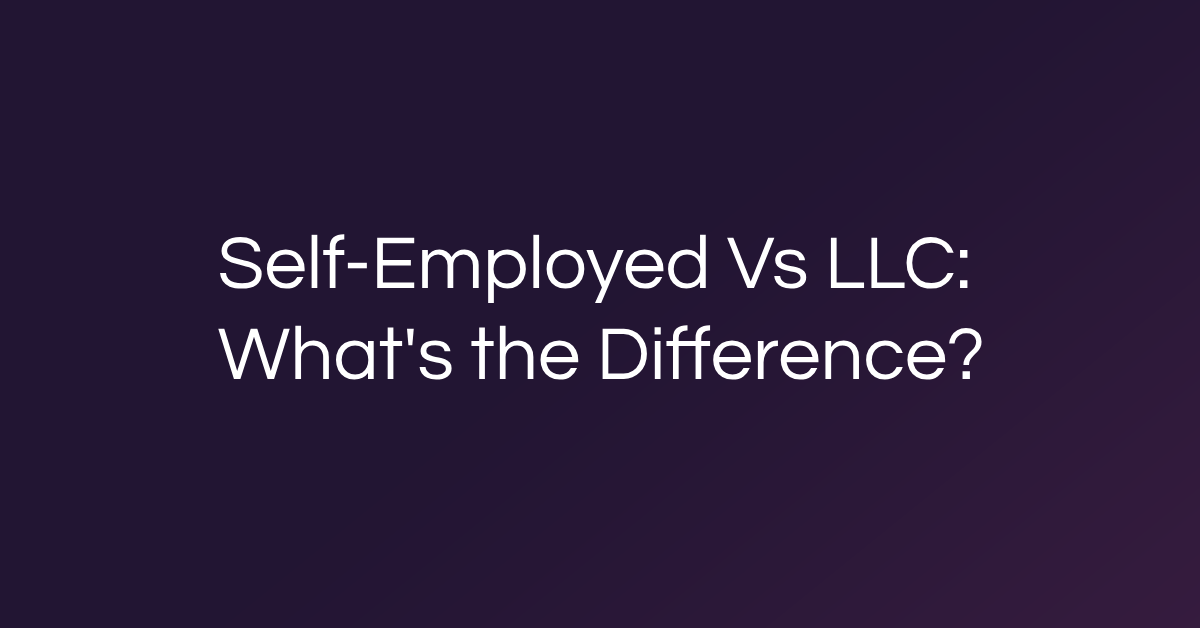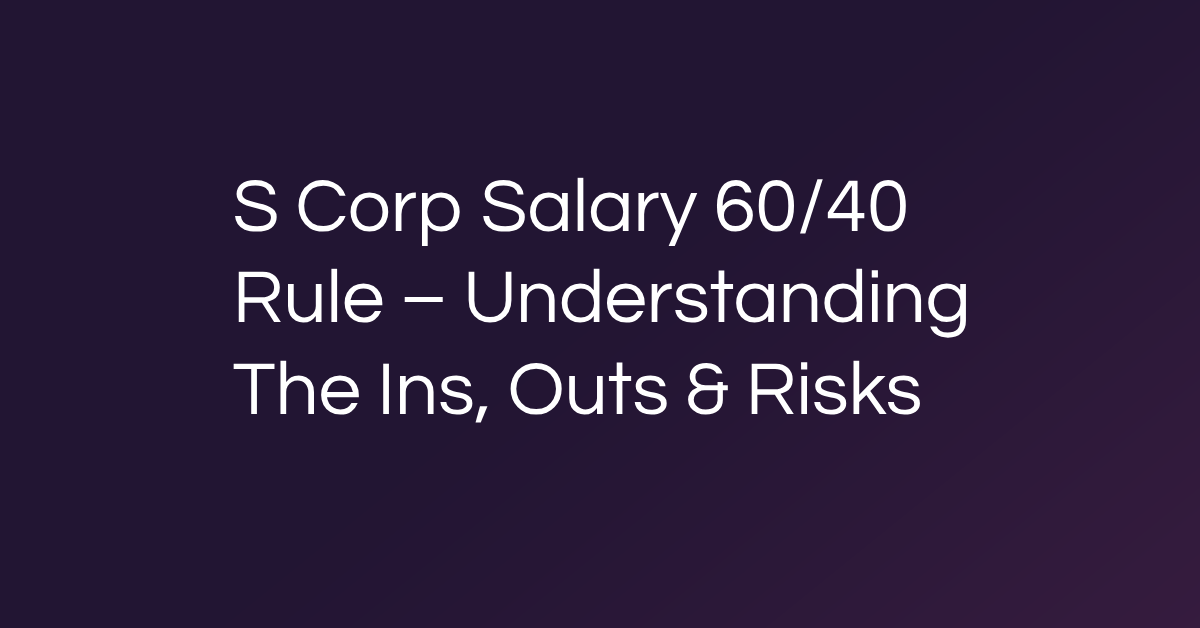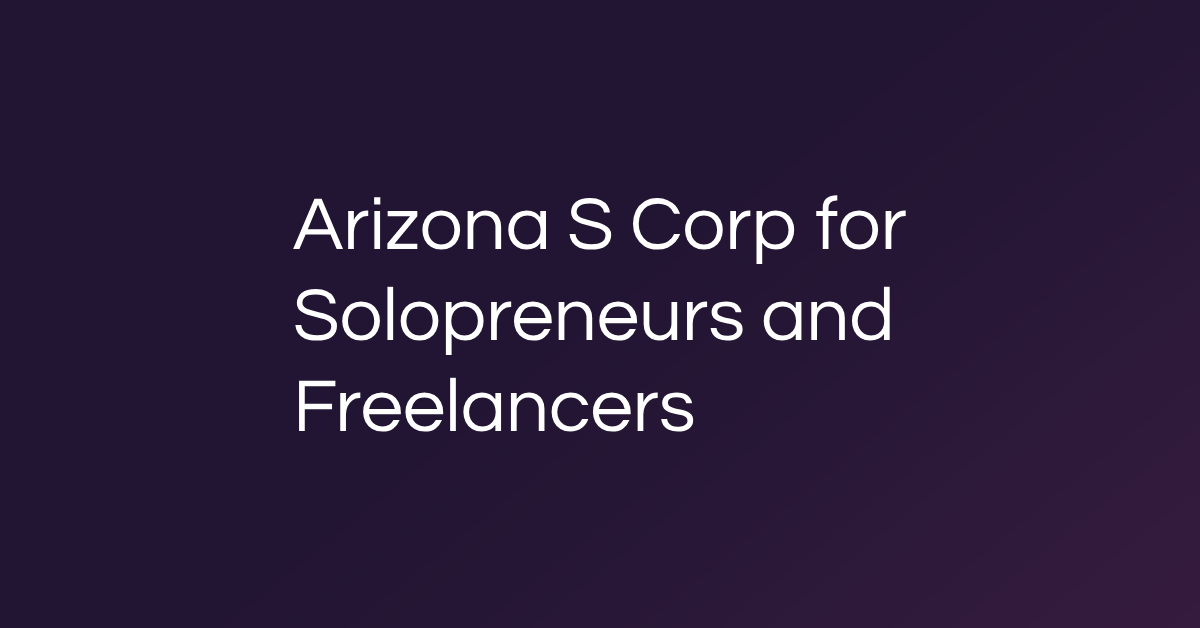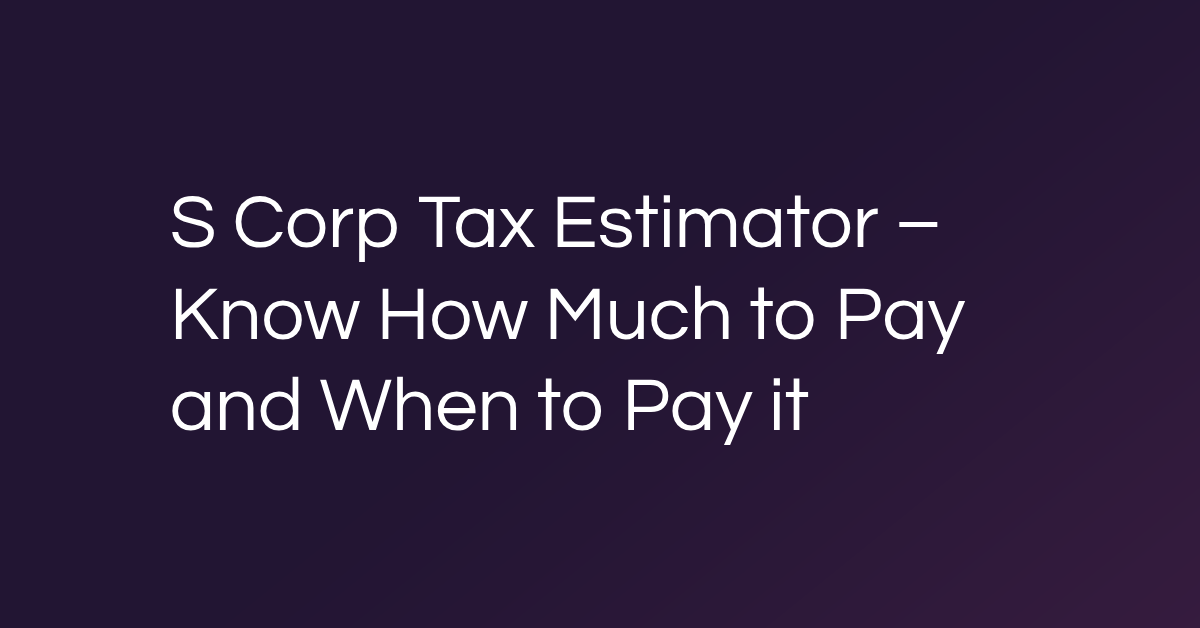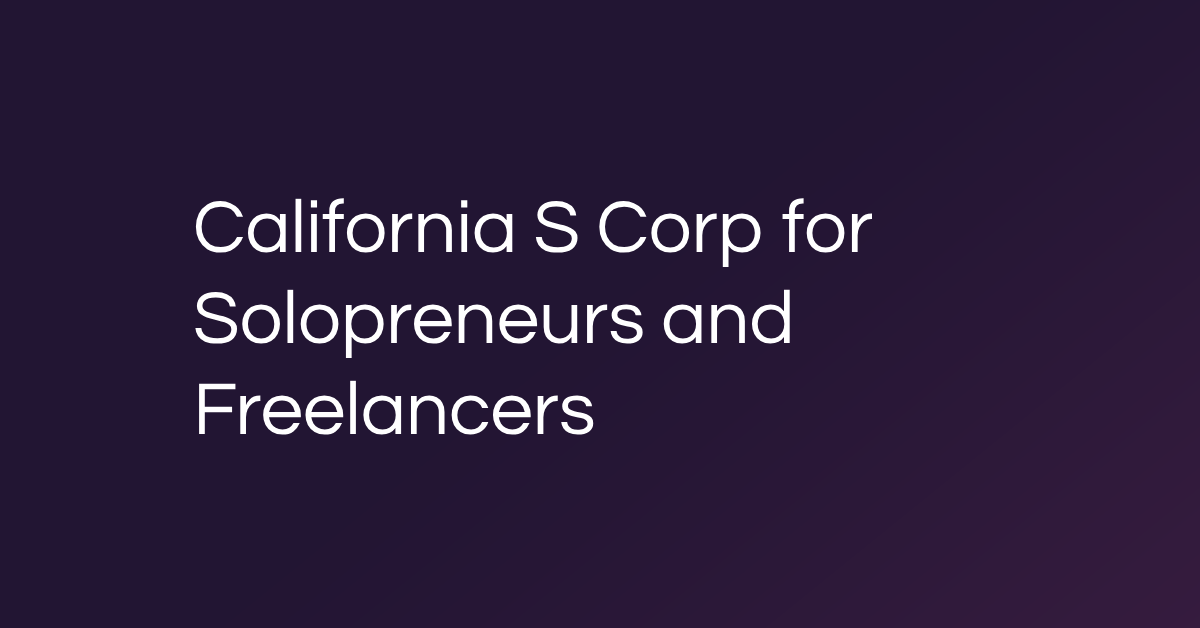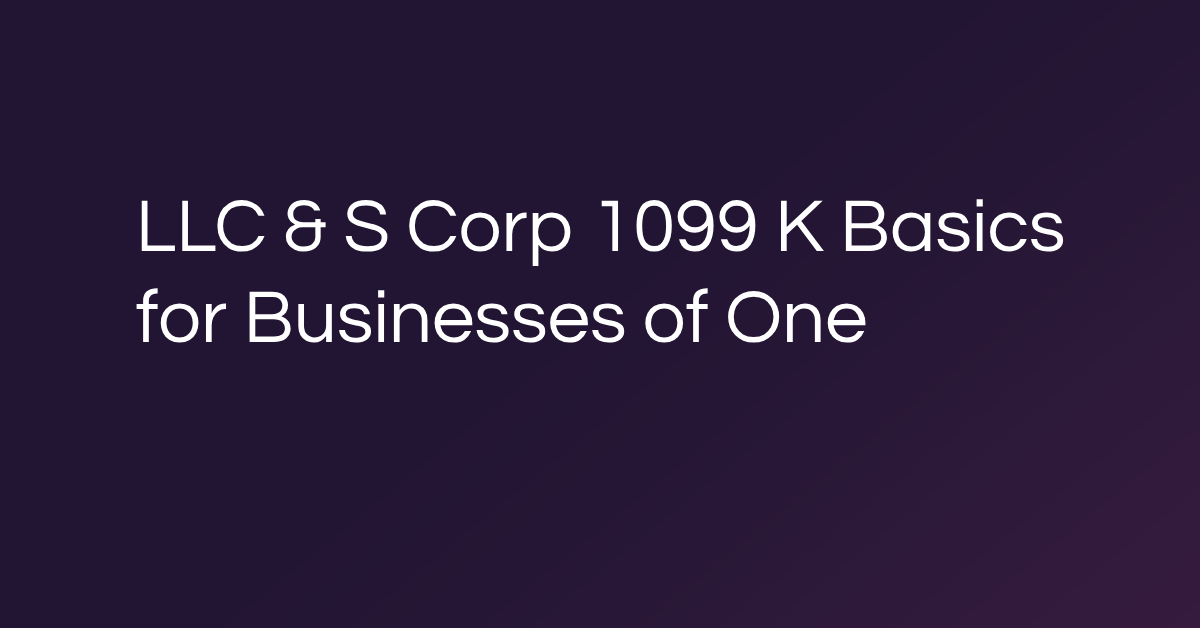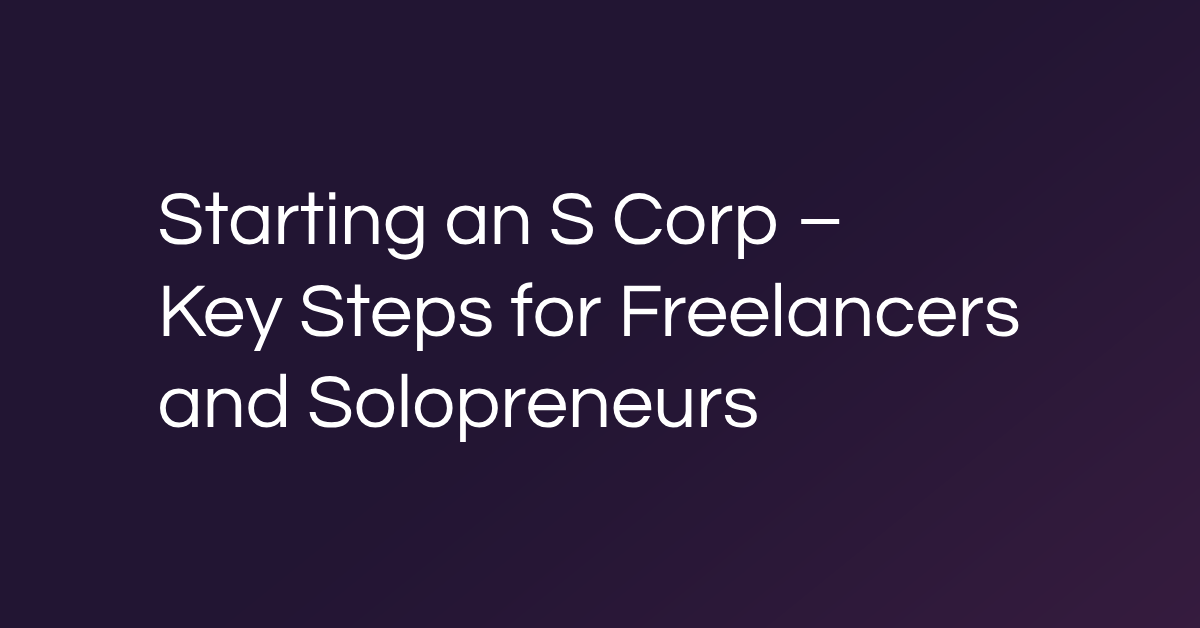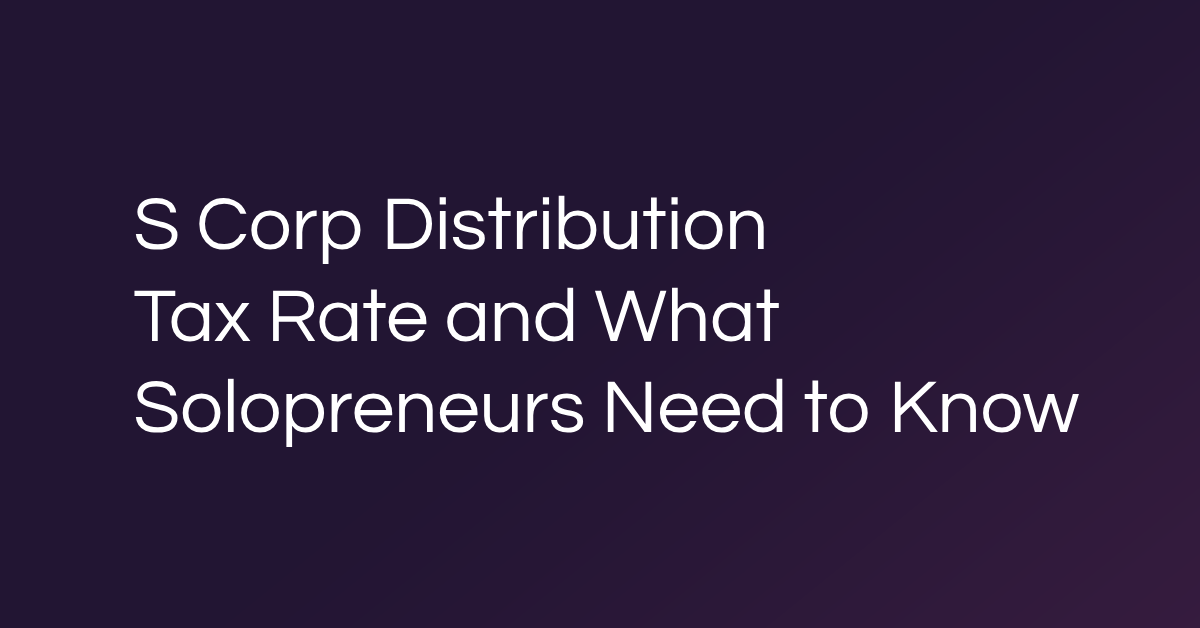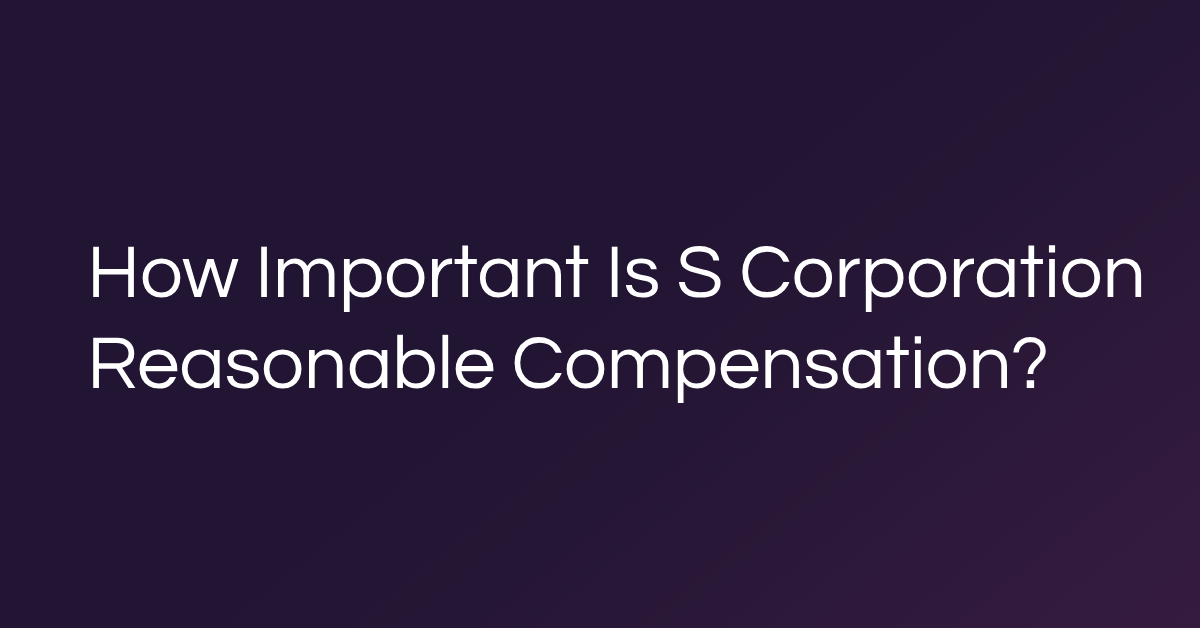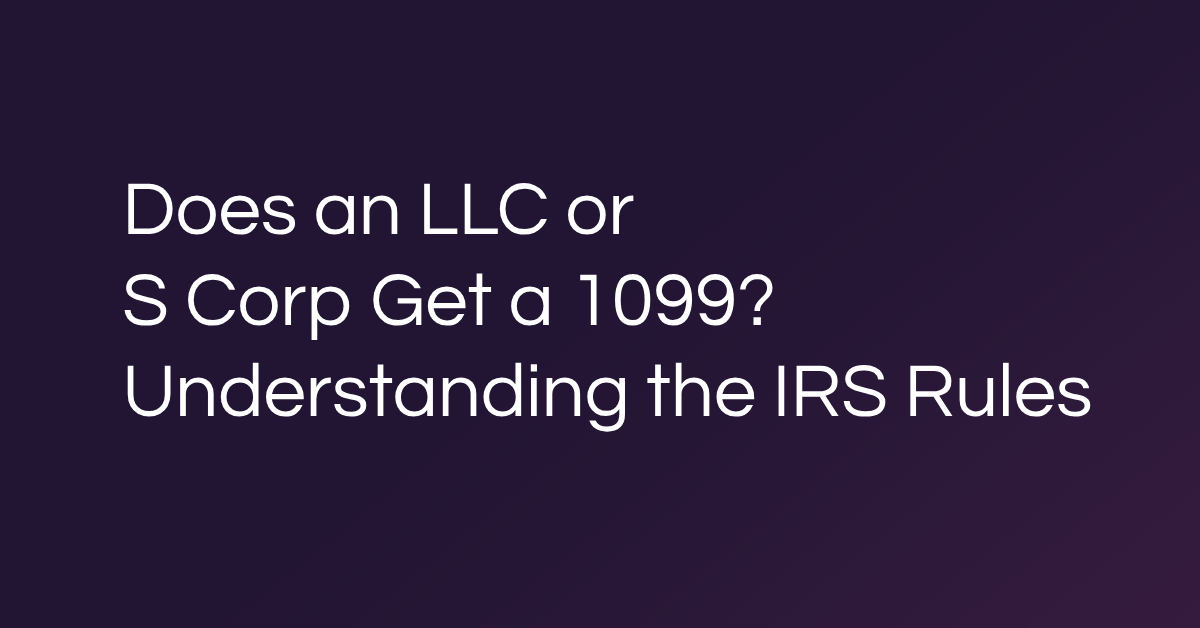If you’re dreaming about leaving your 9–5 job and building something of your own, you’re not alone. More professionals are turning to self-employment to gain control over their time, income, and work style. But making that leap requires a clear strategy and a strong foundation.
If you’re freelancing or consulting on the side, you may be asking, “How can I become self-employed without losing financial stability or momentum?” With the right plan and systems, your transition from employee to business owner can be intentional, structured, and built to last.
Get clear on your motivation
Before you transition, be honest about why you want to go solo. The clearer your vision, the more focused your decisions will be when things get unpredictable.
Why do you want to leave?
Ask yourself what’s pulling you toward self-employment. Do you want more control over your time? The ability to choose your clients? A higher income ceiling?
Define your goals in concrete terms:
- “I want to earn $10K/month from consulting within 12 months.”
- “I want to spend more time with my family and set my schedule.”
- “I want to build a business I can scale or sell.”
Clear goals guide your decisions about how much to save, what type of business to launch, and when to make the switch.
Assess risk tolerance and support systems
Quitting a full-time job isn’t a small decision. Take a moment to evaluate:
- How much financial risk are you comfortable with?
- Can you handle 3–6 months without consistent income?
- Do you have emotional support from family, a partner, or peers?
- Do you have access to benefits that you or your family needs?
Risk is part of the journey, but thoughtful preparation lowers the stakes.
Financial preparation
Leaving your job means giving up predictable paychecks, employer-covered benefits, and automated tax withholding. That doesn’t mean you must be rich to go solo, but you need a plan.
Emergency savings and a 3–6 month runway
Your financial runway gives you the freedom to start strong. Building 3–6 months of savings protects you from early cash flow gaps and lets you make strategic, not reactive, decisions.
Tips for building your runway:
- Audit your spending to identify where you can cut back
- Automate transfers from each paycheck
- Use a separate account to keep your emergency fund untouched
Business budget vs. personal budget
Treat your self-employment like a real business by dividing expenses from day one.
Your business budget should include:
- Software, supplies, and subscriptions
- Professional services, such as a CPA or legal advisor
- Marketing and client acquisition
- Quarterly tax estimates
Your budget should reflect your new income reality:
- Fixed costs like rent, utilities, and insurance
- Variable costs like groceries or transportation
- Debt payments and discretionary spending
Business budget tools and startup cost calculators can help you get a realistic picture of what it takes to get started. Understand your “monthly burn” — the amount you need to cover all your expenses.
Build your transition plan
Building a thoughtful transition plan while still employed allows you to develop income streams, test ideas, and gain confidence.
Start freelancing while still employed
Start small. A few freelance gigs can help you build a portfolio, get referrals, and understand how you like to work independently. Use this time to learn what services you want to offer and which clients energize you.
Be transparent with yourself (and your employment agreement) about boundaries and obligations. But don’t wait until you’ve quit to validate your skills in the market. We like to say you should probably have at least 50% of your monthly burn covered by “side-hustle” clients and then a clear line of set to get ahead.
Begin building a client base, referrals, or product
Even one reliable client or a handful of strong leads can give you traction. Build connections before you need them.
Ways to start building income:
- Reach out to past colleagues and ask for freelance referrals
- Join fractional or contract job boards
- Create a simple website or landing page with your offer
- Launch a beta version of your service or digital product
Legal and admin setup
Once you’ve validated your offer and started earning income, it’s time to formalize your business. Legal and administrative setup gives you legitimacy, protection, and access to more tools that support growth.
Choosing your business structure
Your structure affects everything, from taxes to liability. Many solopreneurs start with a sole proprietorship for simplicity but later switch to an LLC or elect S corp status for tax advantages.
Consider these options:
- Sole proprietorship: Easy to start, but offers no personal liability protection
- LLC: Adds liability protection and flexibility for future tax planning
- S corp: Allows you to pay yourself a salary and take distributions, which may reduce self-employment taxes
Setting your business up for success with Besolo
Besolo makes the process simple. From setting up your S corp and getting your EIN to running payroll and tracking expenses, Besolo is your partner in staying compliant and focused on growth.
Besolo’s admin dashboard automates recurring tasks like payroll, estimated taxes, and expense tracking—freeing up time to focus on billable work.
Benefits planning
Leaving a salaried job means walking away from employer-sponsored benefits. However, with the right systems, self-employed professionals can still access robust coverage and plan for the future.
Health, retirement, disability
Solos can access many of the same benefits as traditional employees—you just have to set them up.
Consider these options:
- Health insurance: Individual health plans are available through the federal marketplace
- Retirement savings: Solo 401(k), SEP IRA, or Roth IRA
- Disability insurance: If an illness or injury impacts your ability to work, opt for this insurance for protection
With Besolo’s benefits platform, you can access corporate-level healthcare plans, compare retirement options, and select tools that align with your income and goals.
Solo 401(k) integration with Besolo
Solo 401(k) plans are a powerful retirement option for high-earning freelancers. They allow for employee and employer contributions, which means you can invest more and reduce taxable income.
Besolo helps you take full advantage of the opportunity with integrated payroll, retirement contribution tracking, and automated compliance. For many, it’s the easiest way to grow tax-advantaged wealth while staying focused on business growth.
Get accountability and keep momentum
Self-employment doesn’t mean going it alone. Surrounding yourself with the right people can keep you focused, motivated, and moving forward.
Don’t do it alone
Even the most driven solopreneurs need support. Accountability helps you stay consistent, overcome fear, and build real traction in your business.
Options to consider:
- Join a mastermind group with other freelancers or founders
- Find a mentor who has successfully made the leap
- Try a virtual coworking space to structure your time and connect with others
These structures give you a place to discuss challenges, set goals, and celebrate wins.
Additional resources for self-employment
When you’re building something new, curated information makes all the difference. That’s why Besolo offers content tailored to the needs of solopreneurs who are serious about growth.
Build your business with confidence
With a clear plan, financial preparation, and the right tools, you can transition to self-employment with less stress and more clarity.
Besolo’s Self-Employment OS helps you handle the back-office essentials. You’ll save time, reduce risk, and stay focused on doing the work you love.
Start your journey with Besolo and get the systems, structure, and support that make self-employment sustainable.

